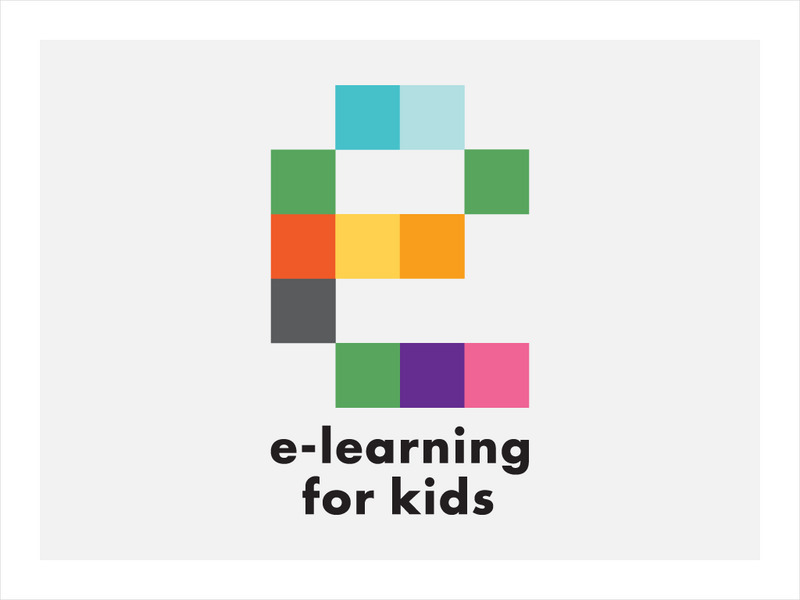Hi, what do you want to do?
Curated OER
Too Many Tamales
Students investigate Mexican holiday celebrations and compare them to American Christmas holidays. They conduct a Mexican Christmas Scavenger Hunt. The lesson uses a streaming video in order to engage students in the main objectives.
Curated OER
Paper Planes
In this unit, 3rd graders investigate one variable to see if they can make a paper plane fly farther. They use scatter plots to establish a possible relationship between variables then use what they have found to make a paper plane to...
Curated OER
Marshland Wonders
Students review the characteristics of wetlands and list their benefits. After viewing short videos, they identify the organims that make their home in wetlands and how they have adapted. They compare and contrast the characteristics...
Curated OER
Imperial Units
In this converting imperial units worksheet, students complete converting 12 metric units from imperial units to metric or vice versa.
Curated OER
Gravity (Newton's Laws of Motion): A Weighty Subject
Students identify Newton's Laws of Motion. They students explore Newton's Laws of Motion and apply the second law with a classroom activity. The videos will provide visual examples of the effects of gravity while riding on a roller coaster.
Curated OER
How Do Your Students Measure Up?
Students participate in a paper folding activity that has them create a ruler for measuring to the closest 1/16th of an inch.
Curated OER
Measurement Mania
Second graders get many opportunities to practice their measurement skills.
Curated OER
Customary Measurement Conversions
Fifth graders discover in hands-on activities the relationships between the measures. They work in groups to create conversion tables using familiar measuring tools. Students solve problems requiring conversions.
Curated OER
How Long is a Slinky?
Students take part in a variety of measurement tasks. Students measure the length of a slinky. Students work out how many slices of tomato will fit around the edge of a pizza. Students measure the label from a can accurately.
Curated OER
Parking Meters
Third graders are introduced to the problem with a short discussion about parking. They then solve with a partner. As they work ask questions that focus on the strategies they are using to make the calculations.
Curated OER
CO2 Blow Out!
Fifth graders determine that carbon dioxide is a gas given off during respiration and that oxygent is the gas that is absorbed during respiration. They determine the air capacity of the lungs.
Curated OER
Angles: Angles, Angles, Everywhere
Middle schoolers estimate and accurately measure the size of angles communicate with the appropriate geometric terms and symbols to describe and name angles, lines, line segments, rays
Curated OER
Our Class Record Book
Second graders, in groups, prepare a list of proposed record ideas for the class book.
E-learning for Kids
E Learning for Kids: Math: Wild Park: Volume and Capacity
Help feed the animals in the Wild Park. Do you know enough about volume and capacity?
PBS
Pbs: Understanding Concepts of Volume and Measurement: Bianca's Babysitting Blues
In this video from Cyberchase, Bianca is babysitting infant twins. As she tries to give each twin the same amount of liquid baby formula, she discovers that all the baby bottles are different shapes. Learn how she finds two that hold the...
CK-12 Foundation
Ck 12: Elem Math: Comparing the Capacity and Volume of Three or More Containers
[Free Registration/Login may be required to access all resource tools.] For this learning module, students are presented with images of containers of liquid, some of which may be wider or taller, and they must answer questions where they...
CK-12 Foundation
Ck 12: Elem Math: Visually Comparing Capacity and Volume
[Free Registration/Login may be required to access all resource tools.] Students practice visually comparing capacity using metric units.
E-learning for Kids
E Learning for Kids: Math: Singing Angels: Measurement: Volume and Speed
Students will complete interactive activities to explore measurement of length, volume, capacity, time, and averages.
E-learning for Kids
E Learning for Kids: Math: Riksjas, Toek Toek: Time and Capacity
Students will find capacity of objects and practice telling time to the half-hour while playing learning games.
CK-12 Foundation
Ck 12: Elem Math: Visually Comparing Capacity and Volume Three Containers
[Free Registration/Login may be required to access all resource tools.] The video describes how to visually compare the capacity of three different containers.
CK-12 Foundation
Ck 12: Elem Math: Comparing and Ordering Quarts Pints and Cups
[Free Registration/Login may be required to access all resource tools.] Students practice comparing capacity using quarts, pints and cups.
CK-12 Foundation
Ck 12: Elem Math: Converting Capacities Using Illustrations (English Units)
[Free Registration/Login may be required to access all resource tools.] For this learning module, students practice converting English units of capacity into different units using pictures. Includes video demonstrating a sample problem...
Alabama Learning Exchange
Alex: Weight vs. Capacity
This lesson will introduce young scholars to measuring weight, mass, volume, and capacity using metric and cutomary units. This lesson plan was created by exemplary Alabama Math Teachers through the AMSTI project.
CK-12 Foundation
Ck 12: Elem Math: Converting Gallons to Quarts
[Free Registration/Login may be required to access all resource tools.] For this learning module, students practice converting gallons into quarts. Includes video demonstrating a sample problem [0:46] and a set of practice questions.




























